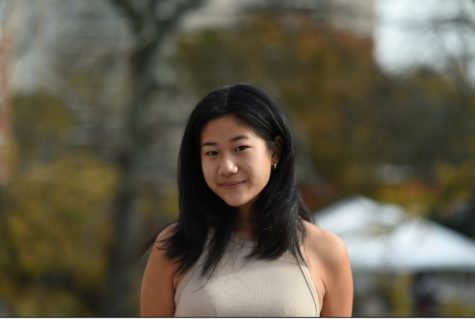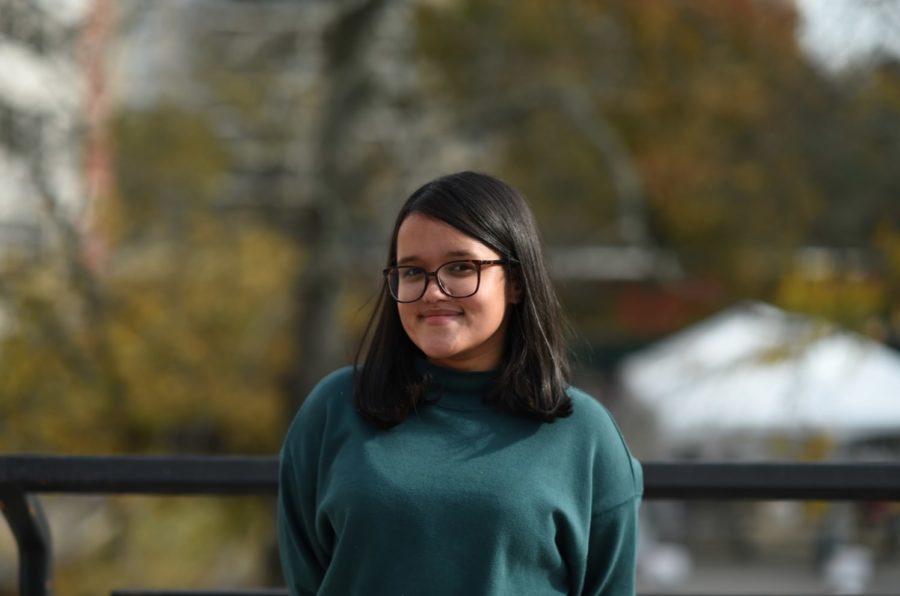The Harmful Impact That Categorization Has Upon People
Labels don’t sum up an individual and their complexity. Why is society obsessed with using them?
“I started to realize how valuable my culture and identity were when I started to go to Bronx Science’s Vivo Latino Club. It made me feel safer about how I talked, and the people in the club made me feel like I had family right in school,” said Eldisa Rosario ’22.
You will inevitably get categorized in life, whether by age, race, or perceived gender. Still, the outdated stereotypes accompanying those labels can outweigh the benefits of belonging to a community.
As a child, and even today, I have dealt with people around New York City who are often are shocked when they find out I am half Argentinean and Turkish, because they have a predetermined idea of what Latin American or Muslim looks like. Comments such as, “But you’re white, how do you speak Spanish?!”, accompanying, “How can you be Muslim if you don’t wear a hijab?”, and the most common, “That’s an exotic pairing” are all ones that I have received over the years. I’ve struggled with my identity and self-image for a long time, because society fed me the concept that society determined who I was. Since I was a blend of many identities, I never fit their categories. I felt like I was alone.
For many people, categorical thinking dictates life decisions. Actions associated with being good will be valued over those that seem bad, but categorization can be detrimental to society. It creates three main conflicts: considering people with one commonality to be more similar than they are, considering people with one difference to be more different than they are, and stating that an individual is more desired or preferred over another.
The major issue with grouping people together based on one shared aspect, usually an unchangeable characteristic, is that it leads to stereotyping. As a result, people are viewed and judged through one lens rather than seen as a person with unique characteristics and flaws.
For example, being loud and extroverted is often stereotypically associated with people with Latin roots. However inaccurate it may be towards the individual, this image remains plastered as the Latino norm.
In the magazine, Inquisitive Mind, Jessica Cundiff introduced the threat of assumptions to society, stating, “Stereotype Threat occurs when someone feels threatened by the possibility of confirming a negative stereotype about their group (Steele, 1997). Ironically, this concern leads to decreased performance, which in turn confirms the stereotype that the person was hoping to avoid.”
At the other end of the spectrum, people are separated by differences in appearance and culture. The expectations that society sets out for people can significantly warp their view of themselves. Rejection from a group due to unmet expectations creates a feeling of invalidation and confusion of one’s place in their cultural community.

Susan Ye ’23, who identifies as an Asian-American student, has experienced this feeling of not belonging. “I was set apart from my friends and family who were Asian because I was not Asian enough for them. On the other hand, I was still not accepted by some Caucasians because I was Asian and not white enough for them.” Young people of color can recognize her story; they tirelessly balance their community’s expectations of them while figuring out their own identity.
And isn’t that what people want, to fit in? It is exhausting to be placed into social constraints at a young age and expect to grow confident, especially when a particular image’s value doesn’t include people of color.
Eldisa Rosario ’22 wrote to me about her experience as a Dominican-American: “ I am 4’10”, and I have a more curvaceous body. My mother taught me to love and accept my body, but I always suffered from it because of social media influences.”
The desire of wanting to belong heavily stems from categories and their weight on self-image. Differences are often conflated with being different. Take the word ‘exotic.’ While it may describe an animal or a flower, it has also been an adjective that has been applied to people. It inherently dehumanizes individuals since its purpose is to define an exciting but entirely alien object. When people use the word ‘exotic’ on another person, they tell that person they do not belong in their community.
So what can be done to combat labels and categorization? No specific action or decision can eradicate labels from further harming people since they are heavily ingrained in our cultures. Nonetheless, we can start small by being mindful of how we speak to one another, focusing on our similarities rather than differences.
Rejection from a group due to unmet expectations creates a feeling of invalidation and confusion of one’s place in their cultural community.
Camila Kulahlioglu is an Editor-in-Chief for ‘The Science Survey.’ She hopes that her writing will inspire her peers to find new literary passions...











